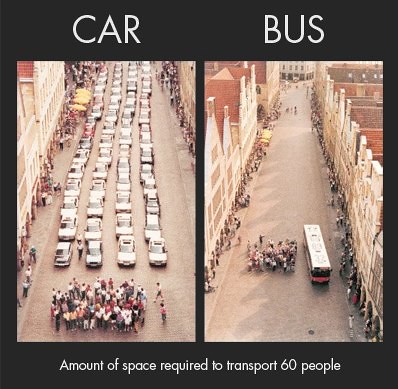Well, we made it to Liverpool!
Made it to Liverpool! pic.twitter.com/w7VMcQoVlG
— Josh R (@technicalfault) April 20, 2014
We set off from Chorlton about 11 am and arrived in Liverpool shortly before 6 pm – that’s around seven hours with four of those in the saddle.
The weather was fine – overcast but dry so no direct sunshine, though the constant light breeze did begin to take its toll by the end of it. The route was also predominantly flat, apart from a couple of short climbs in Liverpool proper. Along the way, we followed the route of NCN 62, aka the Trans Pennine Trail though avoided the mucky bit through Trafford and used the Bridgewater Canal as a smoother alternative. After that, we joined the disused railway to Lymm, crossed the Manchester Ship Canal at Latchford Locks and lunched in Stockton Heath. After a shandy, we continued on recently resurfaced (!) canal towpaths past Fiddlers Ferry Power Station to Runcorn before hitting a bigger road to drop in at Liverpool Airport for a snack break.
The last 10 or so miles took their toll, with the constant oncoming breeze even though it was mostly on the route of the disused Liverpool Loop line. Turning off at Gateacre, we hit a couple of short unexpected hills. After 40 miles, they were not particularly welcome but eventually the bizarre structure of the Liverpool Catholic Cathedral was in sight.
A quick snap and it was to the Liverpool Philharmonic Dining Rooms for a few more pints and a well-earned meal before the train back. I took a few photos along the way and I’ll post them once I’ve got a bit more time and I’m not looking forward to falling asleep! For now, enjoy the route:
